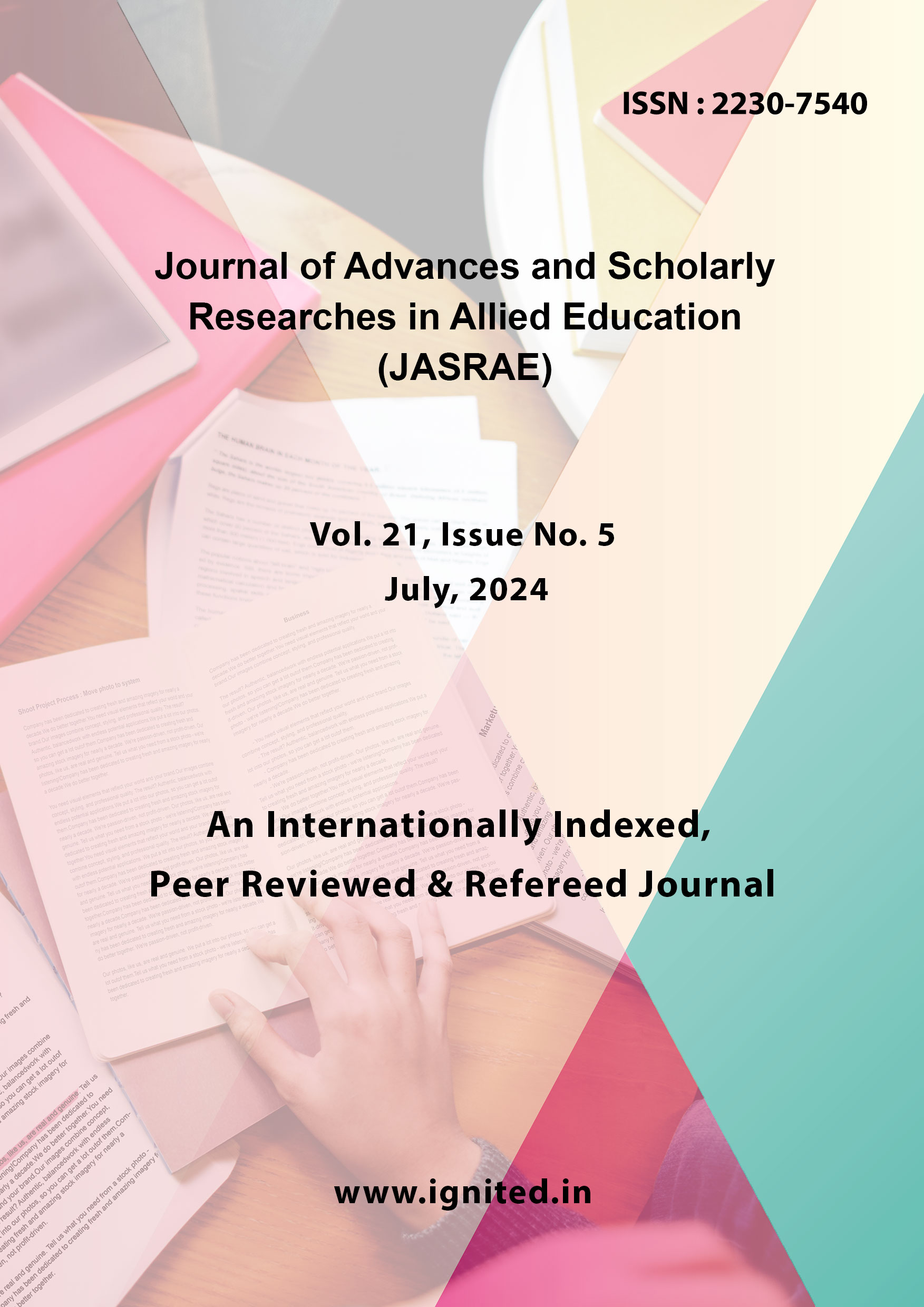Female Political Participation in India
DOI:
https://doi.org/10.29070/cqj4sx18Keywords:
Political engagement, leadership, women rights, India, democracyAbstract
Female political participation in India has seen significant evolution over the decades, with various measures introduced to promote gender equality in political spheres. Since India's independence in 1947, there has been a concerted effort to enhance women's roles in governance, particularly through legislative reforms and the establishment of local self-government institutions like the Panchayati Raj. These initiatives aimed to integrate women into political decision-making processes, offering a platform for their voices and leadership. This study employs a qualitative approach, including document analysis of relevant legislative amendments and interviews with female political leaders at different levels of government, to examine the landscape of female political participation. Although progress has been made, with increased female representation in local governance, the study uncovers ongoing challenges such as societal stereotypes, limited resources, and institutional biases that continue to affect women's full political engagement. The research underscores the need for continued reforms and supportive measures to address these challenges and advance gender equality in Indian politics.
Downloads
References
Bryld, E. (2001). Increasing participation in democratic institutions through decentralization: Empowering women and scheduled castes and tribes through panchayat raj in rural India. Democratization, 8(3), 149-172.
Chant, S., & Gutmann, M. C. (2002). ‘Men-streaming’ gender? Questions for gender and development policy in the twenty-first century. Progress in Development Studies, 2(4), 269-282.
Clark, T. D. (1979). An exploration of generic aspects of contemporary American campaign orations. Communication Studies, 30(2), 122-133.
Devika, J., & Thampi, B. V. (2007). Between ‘Empowerment’ and ‘Liberation’: The Kudumbashree Initiative in Kerala. Indian Journal of Gender Studies, 14(1), 33-60.
Eagly, A. H., & Steffen, V. J. (1984). Gender stereotypes stem from the distribution of women and men into social roles. Journal of Personality and Social Psychology, 46(4), 735.
Ferguson, L. (2011). Promoting gender equality and empowering women? Tourism and the Third Millennium Development Goal. Current Issues in Tourism, 14(3), 235-249.
Figes, K. (1994). Because of her sex: The myth of equality for women in Britain. Pan.
Government of India. (n.d.). Panchayat Raj Institutions.
Hochschild, A. R. (1997). When work becomes home and home becomes work. California Management Review, 39(4), 79.
Hughes, M. M., & Dubrow, J. K. (2018). Intersectionality and women’s political empowerment worldwide. In Measuring Women’s Political Empowerment across the Globe (pp. 77-96). Palgrave Macmillan, Cham.
Inter-Parliamentary Union. (n.d.). Women in National Parliaments.
Kabeer, N. (2001). Discussing Women's Empowerment: Theory and Practice.
Karl, M. (1995). Women and empowerment: Participation and decision making.
Karpowitz, C. F., Mendelberg, T., & Shaker, L. (2012). Gender inequality in deliberative participation. American Political Science Review, 106(3), 533-547.
KB, U. (2005). Political empowerment of women in Soviet Union and Russia: Ideology and implementation. International Studies, 42(2), 141-165.
King, E., & Mason, A. (2001). Engendering development: Through gender equality in rights, resources, and voice. The World Bank.
Knight, K., Galligan, Y., & Choille, U. N. G. (2004). Equalizing opportunities for women in electoral politics in Ireland: The views of women members of Parliament. Women & Politics, 26(1), 1-20.
Lopez-Saez, M., Morales, J. F., & Lisbona, A. (2008). Evolution of gender stereotypes in Spain: Traits and roles. The Spanish Journal of Psychology, 11(2), 609-617.
Makhabane, T. (2002). Promoting the role of women in sustainable energy development in Africa: Networking and capacity-building. Gender & Development, 10(2), 84-91.
Menon, N. (2009). Sexuality, caste, governmentality: Contests over ‘gender’ in India. Feminist Review, 91(1), 94-112.
Millennium Project, U. N. (2019). UN Millennium Development Library: Taking Action: Achieving Gender Equality and Empowering Women.
Nanda, S. (1999). Neither man nor woman: The hijras of India. Cengage Learning.
Naz, F. (2006). Pathways to women's empowerment in Bangladesh. AH Development Publishing House.
New Indian Express. (2018). Kerala floods: Idukki struggles with relief efforts as death toll climbs to 51.
Oxaal, Z. (1997). Education and poverty: A gender analysis (Vol. 53). Sussex: Institute of Development Studies at the University of Sussex.
Palacios, J. M. (2016). Equality and diversity in democracy: How can we democratize inclusively? Equality, Diversity and Inclusion: An International Journal.
Pateman, C. (1970). Participation and democratic theory. Cambridge University Press.
Poelmans, S. (2001). A multi-level, multi-method study of work-family conflict: A managerial perspective. The University of Navarra, Spain.
Rajya Sabha Members, India. (n.d.).
Randall, V. (1987). Women and politics. Macmillan International Higher Education.
Sartori, L., Tuorto, D., & Ghigi, R. (2017). The social roots of the gender gap in political participation: The role of situational and cultural constraints in Italy. Social Politics: International Studies in Gender, State & Society, 24(3), 221-247.
United Nations. (1995). Fourth World Conference on Women Beijing Declaration.
United Nations. (n.d.). Goal 5: Achieve gender equality and empower all women and girls.
Urbinati, N., & Warren, M. E. (2008). The concept of representation in contemporary democratic theory. Annual Review of Political Science, 11, 387-412.
UN WOMEN. (n.d.). Violence Against Women in Politics; Expert Group Meeting Report & Recommendations.
World Economic Forum. (2018). How do we get more women in politics?
Ghosh, A. (2023). Women in India’s parliament: Progress and challenges. Journal of Indian Politics, 55(2), 101-115.
Kapoor, A., Singh, R., & Sharma, S. (2023). Historical changes in women’s political engagement in India: Voters, competitors, and legislators. Indian Journal of Political Science, 84(1), 45-62.
Varghese, T. (2020). Women’s political participation and leadership in India: Challenges and progress. Asian Journal of Political Science, 27(3), 320-338.
Thammaiah, B. (2020). The role of quotas in enhancing women’s political participation in India. Journal of South Asian Studies, 12(4), 275-289.











